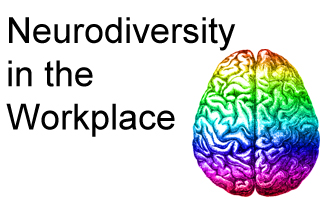Neurodiversity is the idea that individuals have neurological differences.
Individuals with autism spectrum disorder has grown to 1 in 42 boys and 1 in 189 girls according to the Centers for Disease Control and Prevention (CDC). Corporations have focused primarily on autistic people, but they should extend them to people affected by dyspraxia (a neurologically based physical disorder), dyslexia, ADHD, social anxiety disorders, and other conditions. Research shows that some conditions, including autism and dyslexia, can bestow special skills in pattern recognition, memory, or mathematics. Yet those affected often struggle to fit the profiles sought by prospective employers.
Neurodiverse people are wired differently from “neurotypical” people.
They may bring new perspectives to a company’s efforts to create or recognize value. Neurodiverse people frequently need workplace accommodations, such as headphones to prevent auditory overstimulation, to activate or maximally leverage their abilities. In many cases the accommodations and challenges are manageable, and the potential returns are great. But to realize the benefits, most companies would have to adjust their recruitment, selection, and career development policies to reflect a broader definition of talent.
The neurodiverse population remains a largely untapped talent pool.
Unemployment runs as high as 80% (this figure includes people with more-severe disorders, who are not candidates for neurodiversity programs). When they are working, even highly capable neurodiverse people are often underemployed. The behaviors of many neurodiverse people run counter to common notions of what makes a good employee—solid communication skills, being a team player, emotional intelligence, persuasiveness, salesperson-type personalities, the ability to network, the ability to conform to standard practices without special accommodations, and so on. These criteria systematically screen out neurodiverse people.
In response, colleges and high schools set up nontraditional “work experience” programs for neurodiverse populations. These involve video gaming, robotic programming, and other activities. Microsoft, too, is working with universities to improve methods of identifying and accessing neurodiverse talent.

